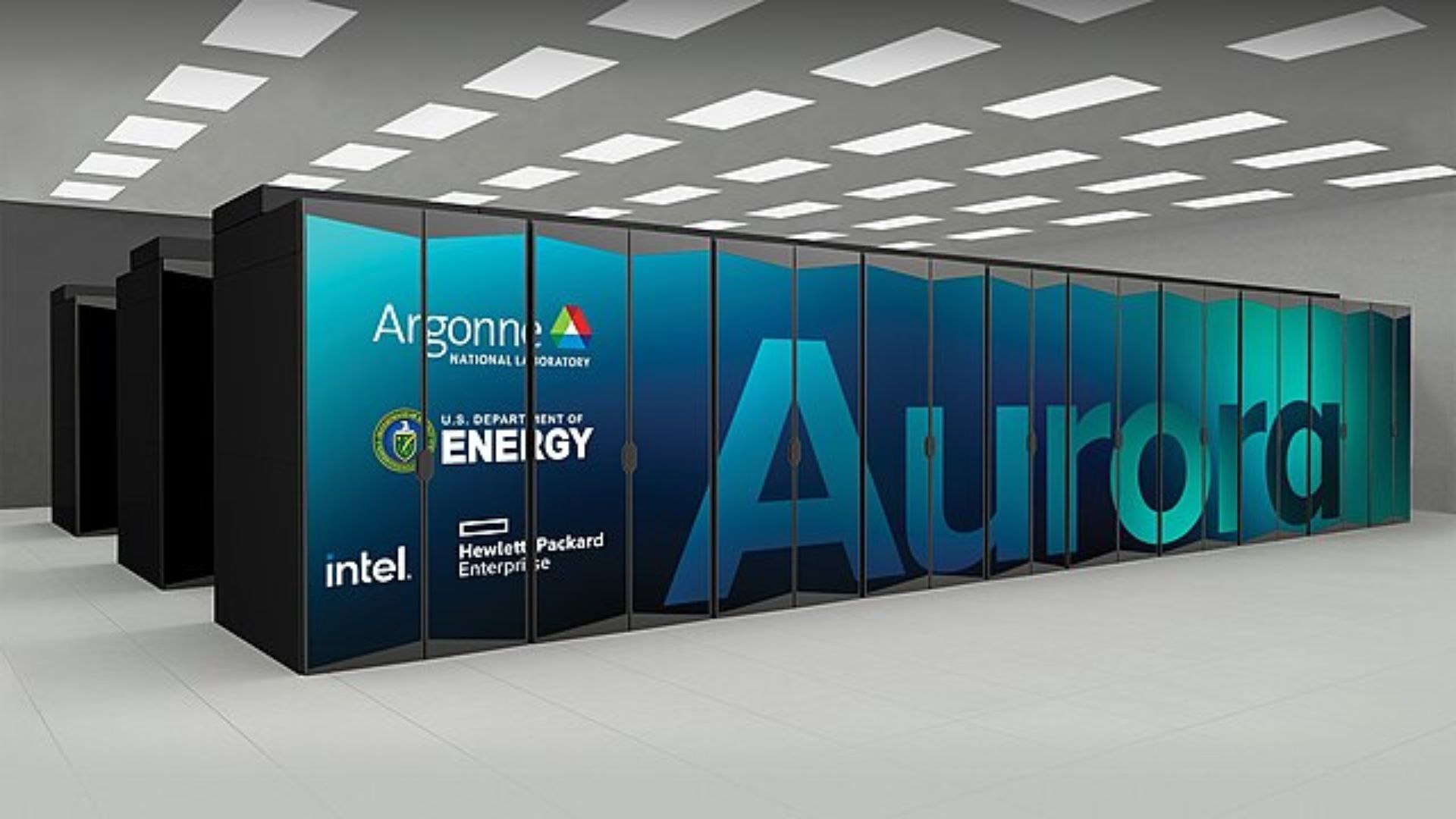US supercomputer models airflow to reduce jet drag and emissions

Source: interestingengineering
Author: @IntEngineering
Published: 7/25/2025
To read the full content, please visit the original article.
Read original articleThe U.S. Department of Energy’s Argonne National Laboratory is leveraging its Aurora supercomputer, one of the world’s first exascale machines capable of over a quintillion calculations per second, to advance aircraft design by modeling airflow around commercial airplanes. A research team from the University of Colorado Boulder employs Aurora’s immense computational power alongside machine learning techniques to simulate complex turbulent airflow, particularly around airplane vertical tails. These simulations aim to improve predictive models and inform the design of smaller, more efficient vertical tails that maintain effectiveness in challenging flight conditions, such as crosswinds with engine failure, thereby potentially reducing drag and emissions.
The researchers use a tool called HONEE to conduct detailed airflow simulations that capture the chaotic nature of turbulence. These high-fidelity simulations train AI-based subgrid stress (SGS) models, which predict the effects of small-scale turbulent air movements often missed in lower-resolution models but critical for accurate airflow prediction. Unlike traditional turbulence modeling that relies on extensive offline data analysis, their approach integrates machine
Tags
energysupercomputingmachine-learningaerospace-engineeringairflow-simulationturbulence-modelingexascale-computing